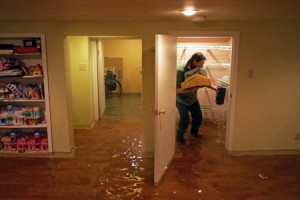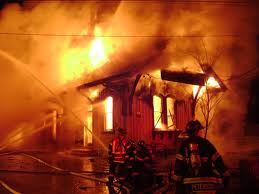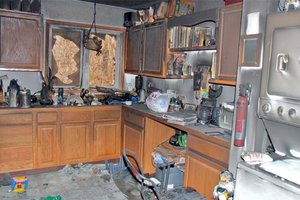McKinney Roofing – Wind Damage, Part 2
McKinney Roofing – Wind Damage, Part 2
by Kenton Shepard and Nick Gromicko
FACTORS AFFECTING WIND SPEED
Wind blows faster in open areas where there’s nothing to slow it down. The 2006 IRC (International Residential Code) lists four Wind Exposure Categories, labeled A, B, C and D, according to the degree of obstruction offered by the topography.
An example of Exposure A is an urban environment in which 50% or more of the buildings are taller than 70 feet.
The B Exposure is an urban or suburban environment with closely spaced homes or home-size buildings.
Exposure C is generally open terrain with scattered obstructions less than 30 feet tall.
Exposure D is flat, unobstructed areas, such as shorelines.
Height Above the Ground
Wind slows due to friction with obstructions. Because air is a fluid, obstructions near the ground can affect wind speed at a much greater height. Aerodynamic drag created by buildings taller than 30 feet can actually slow down air that is flowing at an altitude of 1,500 feet. This is because air moves by convection, so flowing air will have an effect on the air surrounding it.
If wind above 1,500 feet is blowing at 100 miles per hour, at Exposure C, it will have slowed to 62 miles per hour. At Exposure B, it will blow at 44 miles per hour, and the wind speed at Exposure A will be 27 miles per hour.
Since wind speeds are higher farther above the ground, taller buildings are exposed to higher wind speeds and will be more likely to suffer damage.
Wind Speed
Wind speeds reported by the National Weather Service are typically measured at a point 33 feet above the ground. This illustration shows how drastically wind speed can be reduced below 30 feet.
Wind speeds are usually reported as a sustained speed, which better reflects the average speed of the wind. Wind may also be reported as a three-second peak gust speed, which gives a better idea of the peak wind speeds that are sustained for only a short time.
Hurricane wind speed is measured as one-minute sustained winds, and may be measured at a much greater altitude by aircraft.
Wind Speed versus Wind Load
The wind load on a building is the force that the structure actually has to resist. Although wind speed will give some indication of the potential for damage, for a given speed, the wind load on a building can vary by more than 30%. Many factors influence the wind load, including:
- the building’s shape;
- its orientation to the wind;
- the air density; and
- the Wind Exposure Category where the building is located.






